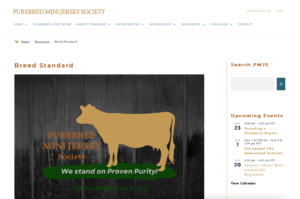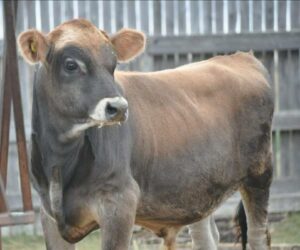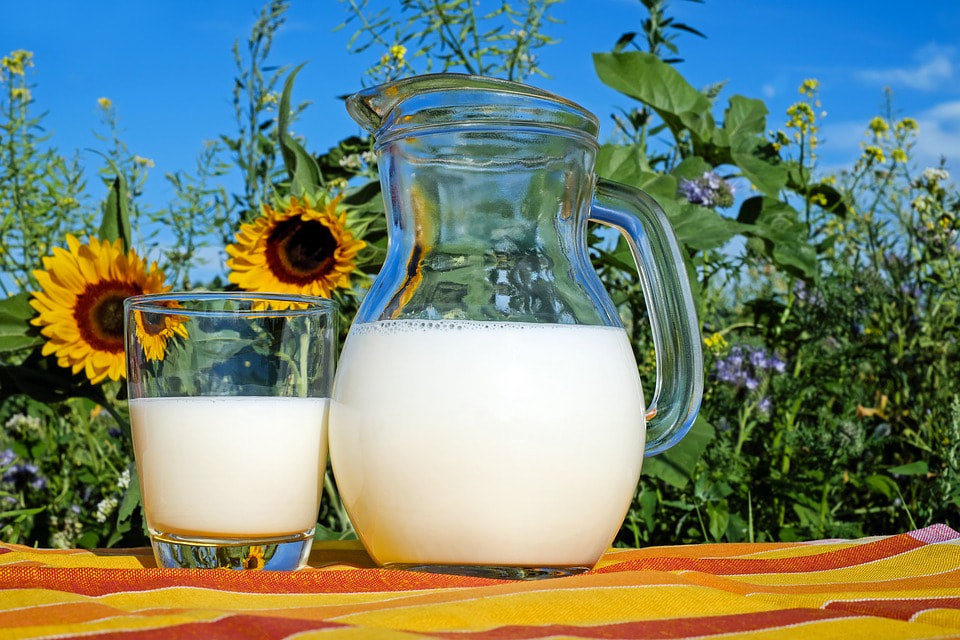
Filtering the daily milk is an important step in your milk processing. Even under the strictest milking practices, unwanted particles can make their way into your milk. By promptly filtering your milk after collecting, you can understand more about your milk, and improve your process as needed.
I’ll never forget when my beloved cow mentor, Jess, was teaching me how to hand milk years ago. She sat on one side of my Jersey, Sweet ol’ Sally, and I sat on the other. Each of us had our respective stainless steel buckets for our designated milking sides. As I heard they rythmic sprays hitting her metal pail, I struggled to get even a stream of milk into my bucket, and she was finished with her side in mere minutes. I still laugh about her asking me, “How is your side going, my friend? Are you making good progress?” As I glanced down into an almost empty bucket. It wasn’t long before I developed some skill and in no time, I became a bit faster. She told me that you can tell how fast you are at milking, and how well you prepped your cow, by what ends up in your filter. Needless to say, in those early days, her filter was very clean and mine had bits of hair, shavings, and a few unidentified objects. My pail of milk from our training sessions always went to the pigs. Granted, everyone finds debris in their filter from time to time. Even now that I machine milk exclusively, once in a great while I find a bit of dirt or the like in my filter. This is why filtering your milk is so important.
In the early days my milk went to feed the pigs.
Finding clumps in your filter may be cause for concern, but maybe not. How do you know if the clumps in your filter are nothing more than butterfat, or something more serious? Especially during cold months, if you endure cold months where you are, milk that is not taken into the house right away may have butterfat forming in the filter.
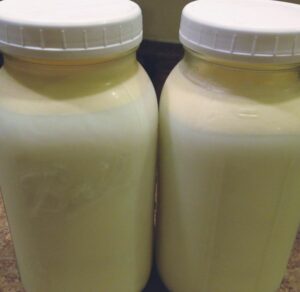
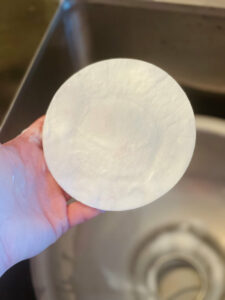
Here’s a simple test to help you tell the difference between butterfat and possibly something that needs further investigation; such as the beginnings of mastitis. If the clumps melt between your fingers, it’s butterfat. If the clumps do not melt but roll around between your fingers, it’s likely the start of mastitis and will need your attention.
I found butterfat in my filter recently, and I recorded a short video to show what it looks like when the clumps melt.
I hope this helps and happy milking!
~Sarah, PMJS Advisory Board

